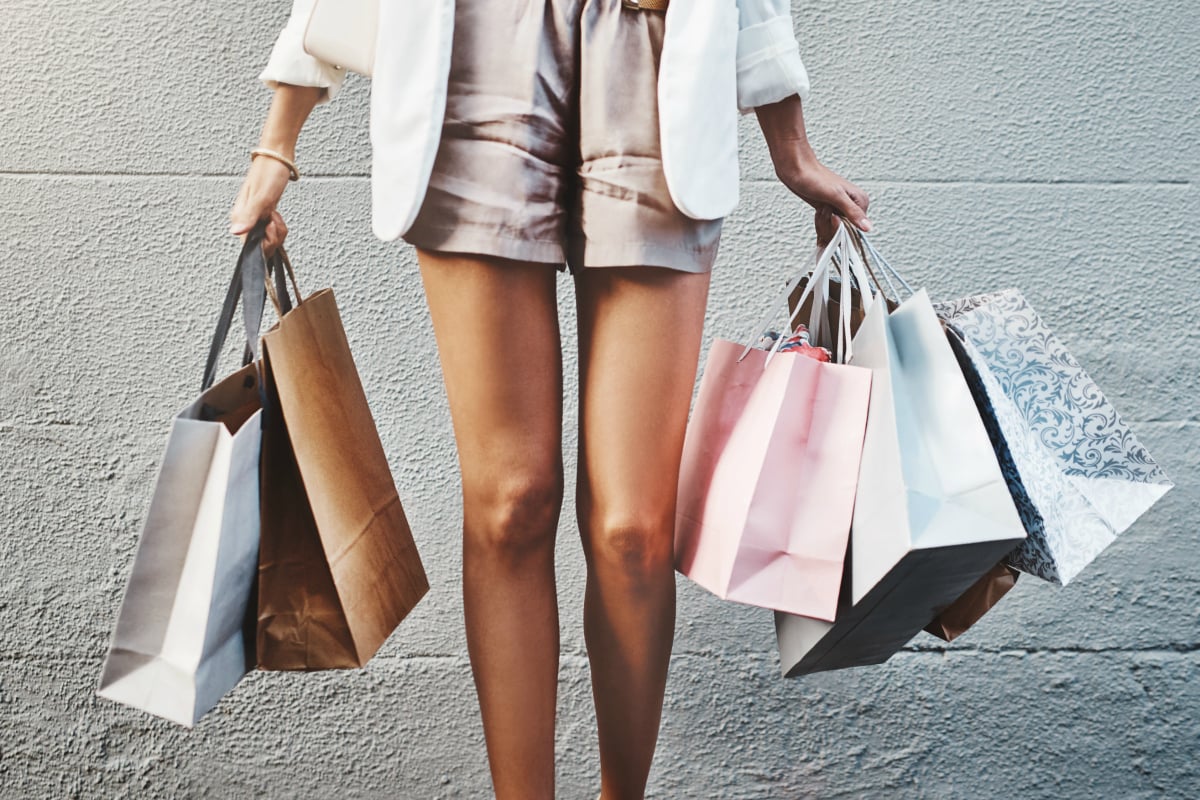
Compulsive shopping disorder cost me $11,000 in three months, made me chase a woman in the middle of a street, ruined nine vacations (in a row), and almost ruined my relationships with my boyfriend and friends. Today is a year since I decided to start my detox from shopping.
Imagine this: I’m walking from a job interview, a bit fatigued and relieved at the same time. I’m too tired to meet any of my friends, but still, need to indulge myself somehow. It’s already been a week since my last purchase, the brown bohemian coat that does not fit any of the clothes I have in my closet.
Should I buy something new? My brain screams, “Not again, you will regret it seconds after” while my heart says, “Go for it! It was such a hectic day, tomorrow morning you’ll thank yourself for that new perfect fit”. Although the former was right, the latter easily won.
Shop until you drop.
The story repeats itself when it comes to daily overwork, important business pitch, me-time on the weekend, a new milestone in life and so on. Honestly, I could find a reason to go shopping every single day. Twice. I attempted to treat symptoms of insecurity, tiredness, low self-esteem, and buying clothes to overcome these seemed neither expensive nor problematic.
Once, on vacation abroad I saw a woman with sneakers which I adored from the very first sight. I couldn’t read the brand properly, so I followed her for a few blocks until I got the result I was looking for on Google search. Ironically, it was called “Addict”. I bought those sneakers without even thinking if I needed them. I recall this stalking experience as a tipping point of my shopping disorder.

Top Comments
It took you spending $11000 in 3 months to realise you had a problem???? How much spare cash did you have????
Those little trays, arm rests and cup holders with loose change in the car really add up